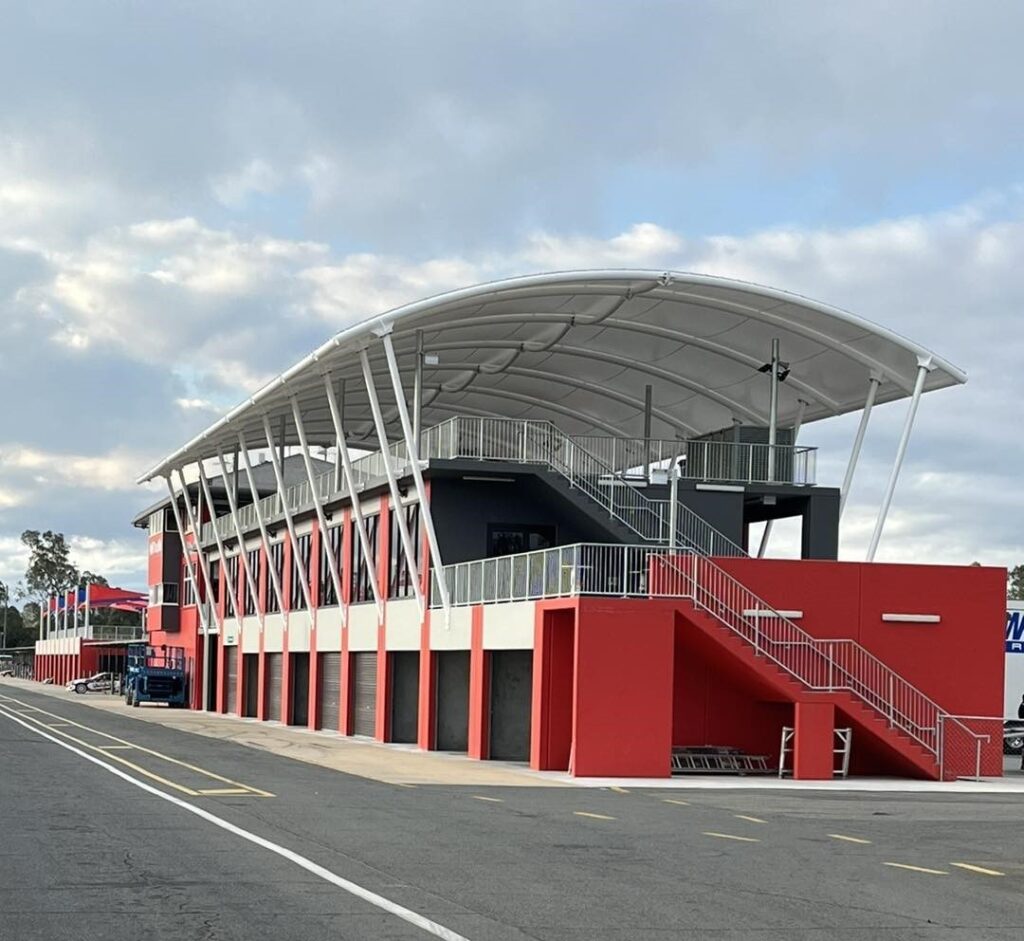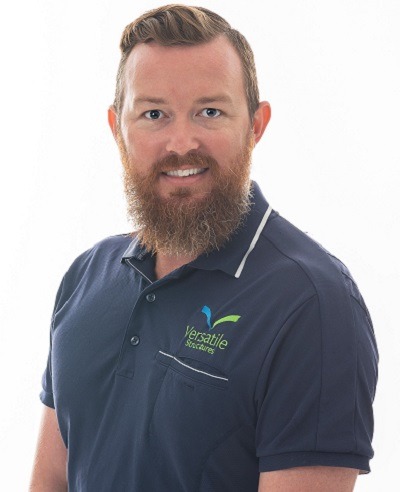YOU ARE HERE:

All you should know about Commercial Shade Structures
Jamie Howard In Commercial Shade Structures
In the realm of outdoor spaces, the importance of shade cannot be overstated. Whether it’s a bustling cafe terrace, a serene park, or a dynamic playground, providing shelter from the sun’s relentless rays is paramount for comfort, safety, and enjoyment. Commercial shade structures offer an elegant solution, blending functionality with aesthetic appeal to create inviting environments. In this comprehensive guide, we delve into the world of commercial shade structures, addressing key questions and considerations for businesses and organizations seeking to elevate their outdoor spaces.
How Much Do Commercial Shade Sails Cost?
Cost is often a crucial factor in any commercial venture, and shade sails are no exception. The price of commercial shade sails can vary significantly depending on various factors such as size, material, design complexity, and installation requirements. On average, businesses can expect to invest anywhere from a few thousand to tens of thousands per shade sail.
For a basic shade sail installation covering a modest area, the cost may be relatively low. However, larger or more intricate designs, such as those requiring custom shapes or additional structural support, can drive up the price. It’s essential for businesses to consider their budgetary constraints while also prioritizing quality and durability to ensure a worthwhile investment in the long run.
What Is the Best Material for Shade Structures?
When it comes to selecting the material for commercial shade structures, durability, weather resistance, and aesthetic appeal are paramount. Several materials commonly used for shade structures include high-density polyethylene (HDPE) fabric, PVC-coated polyester, and architectural-grade steel or aluminium.
Among these options, HDPE fabric stands out as a popular choice for its exceptional UV protection, breathability, and strength. This material offers excellent longevity and resistance to fading, tearing, and mildew, making it well-suited for enduring outdoor conditions. PVC-coated polyester is another durable option known for its waterproof properties, ideal for areas prone to rain or high humidity.
While the choice of material ultimately depends on specific requirements and preferences, opting for high-quality, commercial-grade materials is crucial to ensure longevity and performance in commercial settings.
How Long Do Shade Structures Last?
The longevity of shade structures depends on various factors, including the quality of materials, environmental conditions, and maintenance practices. In general, well-designed and properly constructed shade structures can last anywhere from 10 to 20 years or more with regular maintenance and upkeep.
Regular inspection and maintenance are essential to prolonging the lifespan of shade structures. This includes checking for signs of wear and tear, cleaning fabric surfaces, and addressing any structural issues promptly. Investing in professional maintenance services can help businesses maximize the lifespan of their shade structures and protect their investment for years to come.
How Tall Should a Shade Structure Be?
Determining the appropriate height for a shade structure depends on several factors, including the intended use, surrounding environment, and local regulations. In commercial settings such as outdoor dining areas or playgrounds, the height of the shade structure should provide adequate clearance for people to move comfortably underneath while also allowing for proper airflow and visibility.
As a general guideline, shade structures for pedestrian areas should have a minimum clearance height of around 7 to 8 feet to accommodate most individuals comfortably. However, taller structures may be required for specific applications, such as accommodating outdoor seating or equipment.
Before installing a shade structure, businesses should consult local building codes and regulations to ensure compliance with height requirements and any other relevant guidelines.
The Value of Choosing an Award-Winning Company
In the competitive landscape of commercial shade structure providers, choosing a company with a track record of excellence can make all the difference. Award-winning companies are recognized for their innovation, quality craftsmanship, and commitment to customer satisfaction, offering businesses peace of mind and assurance in their investment.
By partnering with an award-winning shade structure company, businesses can benefit from access to cutting-edge design solutions, premium materials, and expert craftsmanship. These companies often have a proven track record of delivering exceptional results, backed by industry accolades and satisfied clients.
Additionally, award-winning companies are more likely to stay abreast of the latest trends, technologies, and best practices in shade structure design and construction, ensuring that businesses receive the most innovative and reliable solutions available.
Conclusion
In conclusion, commercial shade structures play a vital role in enhancing outdoor spaces, providing comfort, protection, and aesthetic appeal for businesses and organizations. By considering key factors such as cost, materials, longevity, and height requirements, businesses can make informed decisions when selecting shade structures that meet their unique needs. In Brisbane, shade sails are particularly valued for their ability to provide effective sun protection while complementing the city’s vibrant outdoor culture and architectural diversity. Furthermore, partnering with an award-winning company can provide added value and assurance, ensuring a successful outcome for any shade structure project.
Share:
Jamie Howard - Director
Co-founder and Director Jamie has been hands-on in the shade and steel industry since leaving school. With over 15 years’ experience in shade, membrane and steel projects, Jamie is excited about the design opportunities shade structures offer in the commercial and industrial sectors. Jamie’s extensive design skills give him a competitive edge in situations with technical design complexity. He has won two personal industry awards for his designs, alongside many company-won awards.

